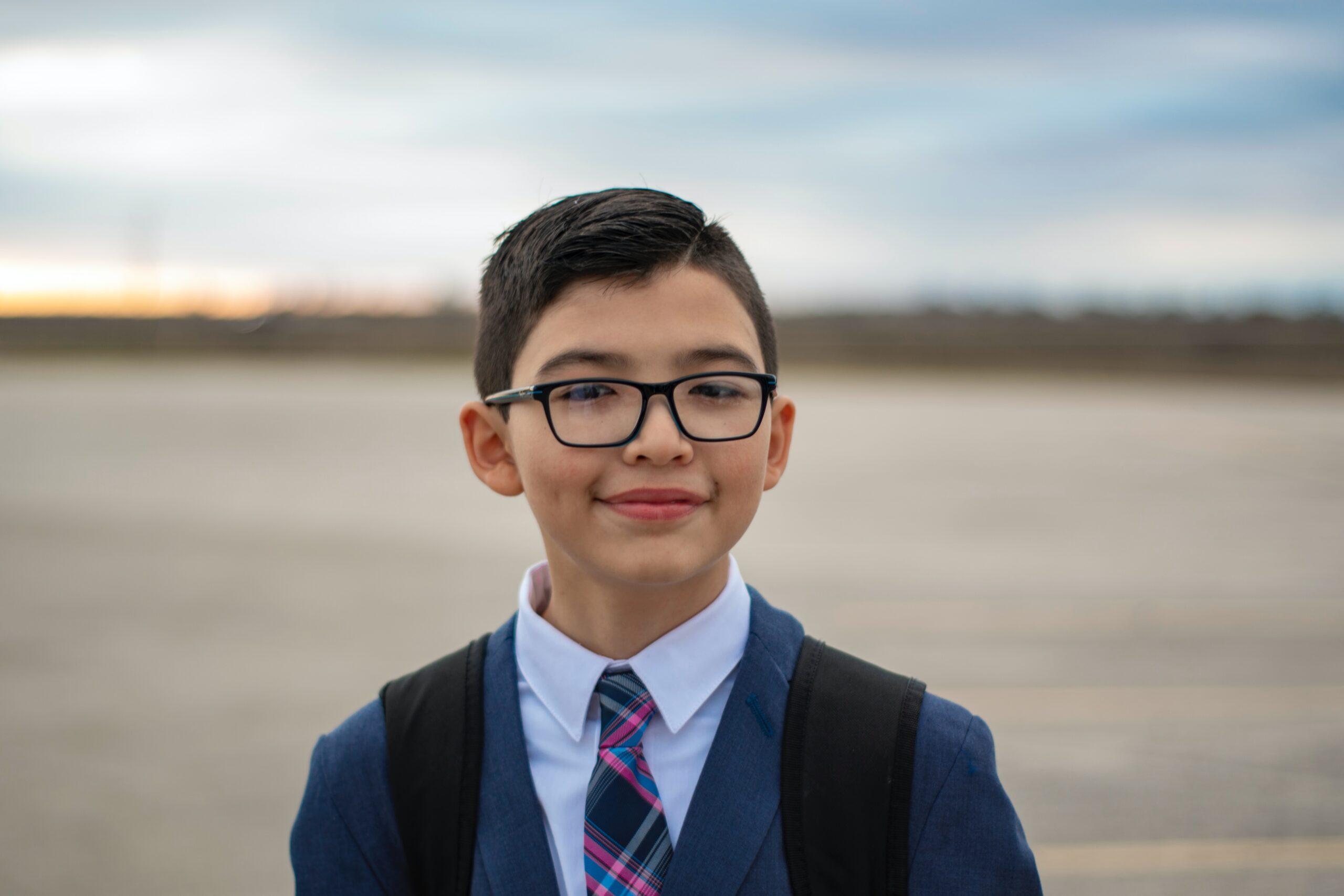Isn’t it wonderful that some of our best learning stems from personal experiences?
Many years ago, my 2½-year-old daughter came home from a sleepover at her grandparent’s house. She was repeating whole words and phrases. Additionally, she was prolonging sounds in words (“ssssssand”) and seemingly unaware of how she sounded.
As a speech/language pathologist who stutters, I knew that many children experience stuttering or disfluencies at an early age. Still, as any parent would be, I was concerned and worried. Many questions had to be answered. I admit, my gut reaction was to say all the wrong things to my daughter that I had heard early in my childhood, such as “slow down,” “breathe,” “say the words over” and “don’t be nervous.” However, I knew these suggestions, though all well-intended, were more harmful than helpful.
What is stuttering? What causes it?
Although the exact cause is unknown, there are known environmental factors that contribute to stuttering. Ideally, it is the goal of working with young children who stutter to eliminate disfluencies while involving parents in the process.
Stuttering is an interruption of the continuous flow of speech. It can be characterized as prolongations (“ssssssnake”), repetitions of words (“I, I, I want milk”) or phrases (“I want, I want milk”), frequent use of filler words (“uh,” “um”) and blocking (silence and struggle before saying a word).
Between the ages of 2 and 5, many children experience stuttering. This is often considered a period of normal disfluencies. Why? One reason is that children are still coordinating their speech patterns and acquiring language during this stage. Will these children outgrow it? The majority will, but there is no way of knowing for sure. This is why consulting a speech/language pathologist at the onset of stuttering is vital.
Did you know that approximately one percent of the population stutters? Additionally, four out of five people who stutter are male. Many times, there is a family member who stutters. In my case, my father stuttered. One known fact is that parents are NOT at fault. Also, stuttering is not contagious. No one will start to stutter if he hears another person stuttering.
What are some of the characteristics of normal developmental disfluencies?
- The child does not exhibit struggle behaviors, such as kicking his foot, or display awareness of how he sounds.
- Disfluent moments can disappear and then unexpectedly reappear days or months later.
- The child welcomes speaking situations and does not display frustration.
- The child repeats short phrases and words with ease.
When does stuttering become more of a concern?
- Children who are at risk usually exhibit struggle behaviors while forcing words out, such as unusual breathing patterns or facial grimacing.
- They avoid certain words or speaking situations. Fear and frustration are often visible.
- When kids say “I don’t know” in response to obvious questions or they change words— both forms of avoidance.
- The use of filler words, including “like,” “um” and “uh.”
- Prolongations of sounds.
- Changes in intonation patterns, like rising pitch during the period of stuttering.
- When kids block on words, such as opening one’s mouth with and making no audible sound.
- Disruptions in breathing patterns.
- When stuttering becomes frequent.
What do you do if you suspect your child is stuttering?
- Seek the help of a speech/language pathologist (SLP) experienced with stuttering. Often, doctors and family members will say, “Wait, the child will grow out of it.” This is generally incorrect and increases family tension. Consult with a SLP for advice. He or she may monitor the child or provide parents with information to help their child. The SLP might use a direct therapeutic approach with the child or with both the child and parents.
- Be a good listener— pay close attention to what is being said, not how it is being said. Look directly into your child’s eyes to show you are truly listening.
- Limit questions to decrease demands placed on the child.
- Avoid putting the child on the spot— “Tell Aunt Sue what you did in school today.”
- Avoid comments like “talk slower.” Instead, model a slow, relaxed speech pattern, after ask a SLP to demonstrate this.
- Delay responding to allow for more pauses and to lessen time-related pressure on the child.
- Don’t ask the child to repeat the sentence, which increases frustration.
- Remember it is not your fault. Parents are not to blame.
- Most importantly, don’t panic. Although we can’t identify who will eventually stop stuttering, we can give advice to parents on how to talk to a child who stutters and model the appropriate way to respond.
All of these strategies are easier to follow after meeting with a speech/language pathologist.
So, what happened to that 2½ year old I mentioned earlier? She stuttered for a little over a year. It was episodic. She blocked at times and jerked her head to get words out. She prolonged sounds. My husband and I began to reduce demands placed on her, and we slowed down our speech. We never acknowledged our daughter’s disfluent moments. It wasn’t necessary to do so. Interestingly, she never commented on mine. My daughter is now 12 years old and has shown no signs of stuttering past the age of 4.
Was her issue with speech and language developmental in nature or was it the beginning signs of stuttering? We’ll never know, but altering the environment definitely made speaking easier and less stressful for her.
Remember, there are many successful professionals who stutter and have learned to be effective communicators. There are also direct therapy approaches available if stuttering persists.
Your words are like morsels of candy to children. They eat them up. Be kind, patient and loving. And consult a speech/language pathologist if you suspect your child is stuttering.




